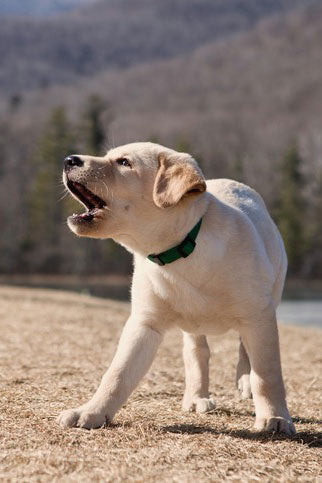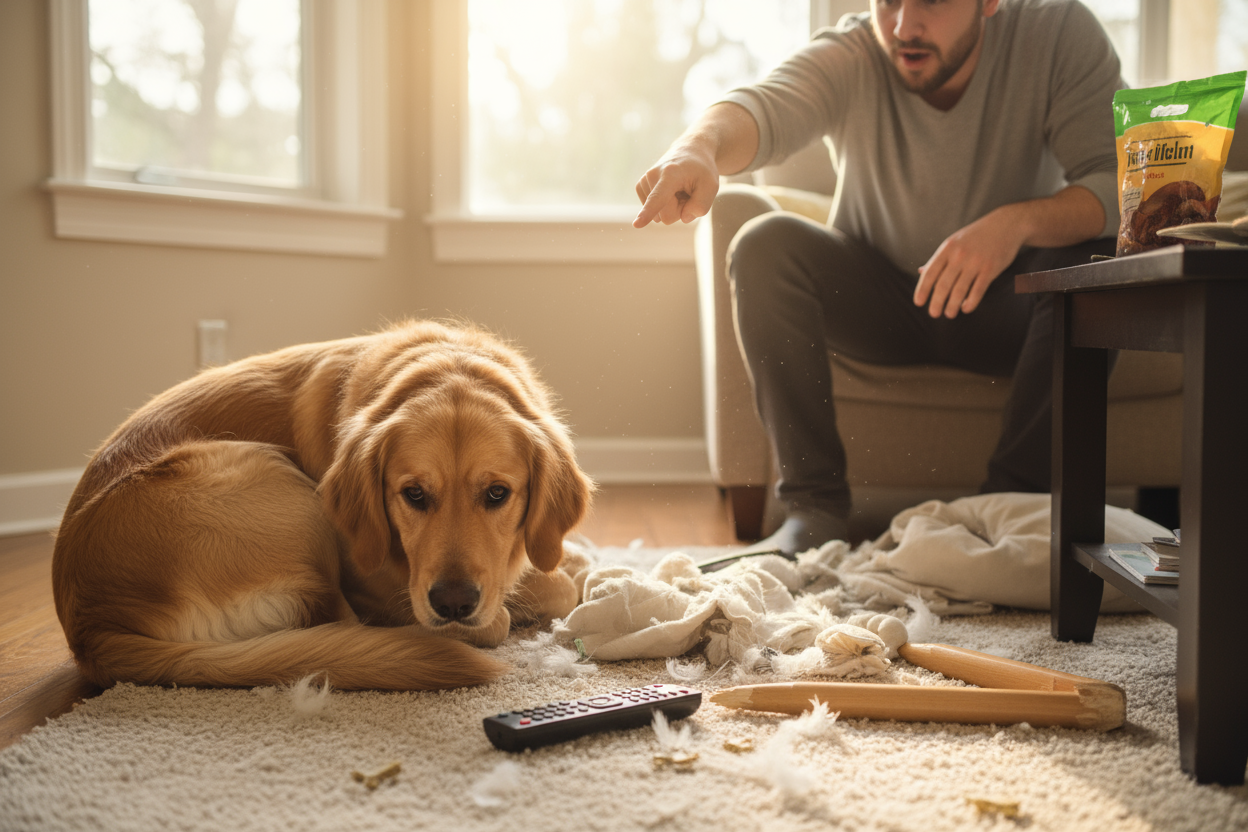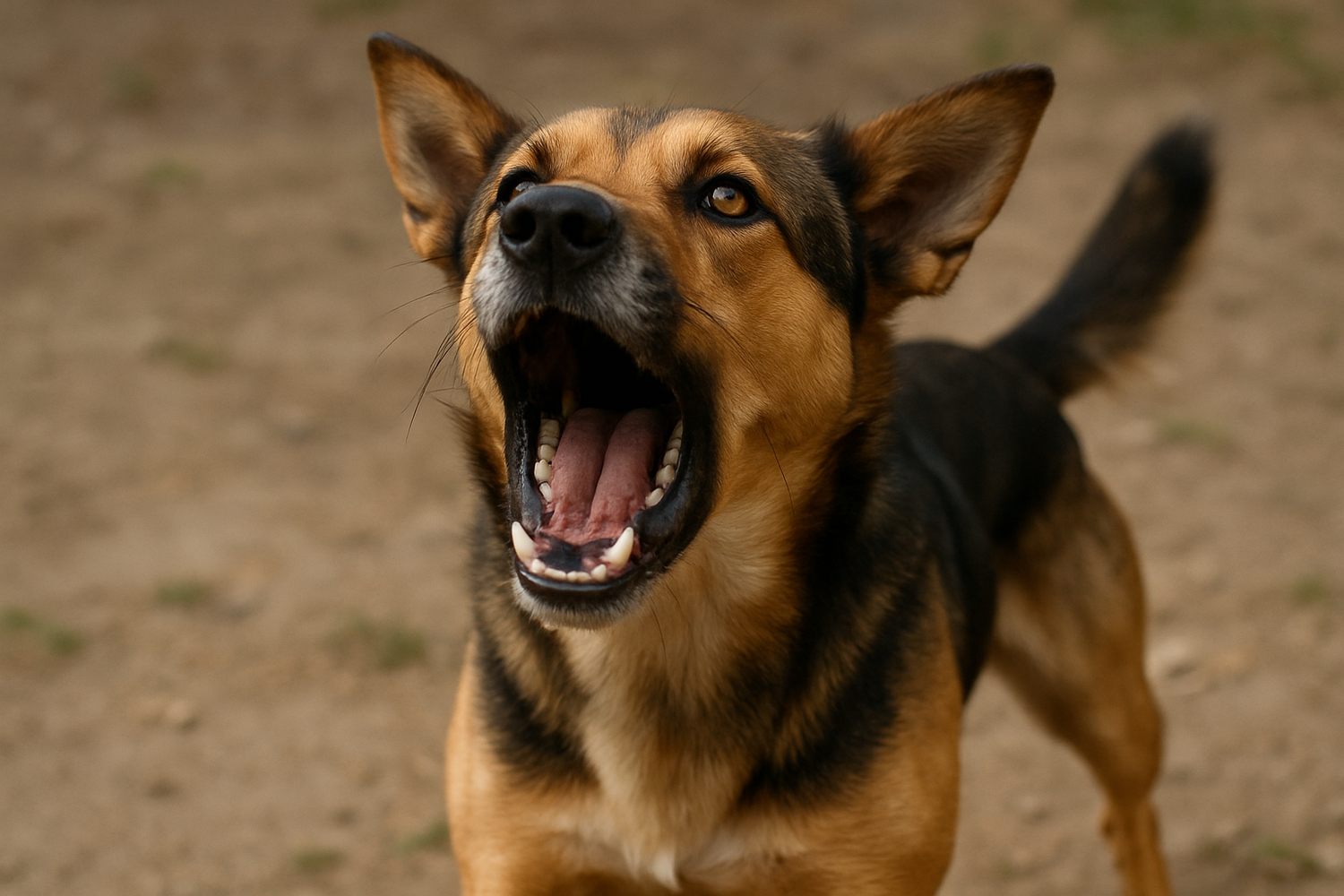One of the most distressing complaints I hear from pet parents is that their dog has started growling at their child. Often, by the time they reach out to me, they are already considering the heartbreaking decision to rehome the dog or surrender it to a shelter. Their emotions are raw, and they want an immediate solution. When I tell them, “Thank goodness your dog is growling at your children,” I am usually met with a look of shock or confusion.
But I stand by that statement every time.
Before we do anything else, we must talk about safety. No child should ever be left unsupervised with a dog. Not even the most tolerant, easygoing, or gentle dog is exempt from this rule. Children are naturally unpredictable. They run, yell, move erratically, and touch without warning. A child might pull a tail, hug too tightly, or unintentionally startle a dog who is sleeping or not feeling well. To a dog, especially one who is in pain or feeling overwhelmed, these actions may be perceived as genuine threats.
Dogs do not have words. They cannot say, “Please give me space,” or “That hurts,” or “I am scared.” Instead, they rely on body language and vocalizations to communicate their discomfort. The growl is one of the clearest and most useful signals a dog can give. A growl is not an act of aggression. It is a warning. It is a message that says, “Something is wrong, and I need space.”
When I tell my clients to be grateful for the growl, it is because I know what often happens next when that warning is ignored or, worse, punished. When we punish a dog for growling, we are teaching them that it is not safe to express discomfort. We are essentially telling them to bottle up their warnings. And when dogs stop warning, they start biting without notice. A growl can prevent a bite. It gives us the opportunity to intervene, to redirect the child, to provide the dog space, and most importantly, to investigate the cause of the discomfort before the situation escalates.
Parents are understandably frightened when their dog growls at their child. But instead of panicking or reacting out of fear, I encourage them to shift their mindset. A growl is an invitation. It is an opportunity to listen and respond with care. It is the dog’s way of saying, “I am not okay with this. Please help me.” And when we respond appropriately, we build trust. Not just between the child and the dog, but between the dog and the adults in the household.
Of course, it is not enough to simply be grateful for the growl. We must also determine why the dog is growling in the first place. In many cases, the dog is experiencing pain or discomfort. Just like people, dogs can develop physical conditions that affect their mood, tolerance, and behavior. A dog with arthritis may not want to be touched in certain areas. A dog with an ear infection may react defensively when a child hugs them or brushes too close to the head. A dog with declining vision or hearing may be startled more easily. These are not behavior problems. These are medical issues that are causing behavioral symptoms.
Behavior is communication. It is often the only way our dogs can tell us that something is wrong. Instead of silencing them, we should be listening more closely.
The next step is creating a safe environment where the dog and child can coexist peacefully. That begins with supervision, structure, and education. Children must be taught how to interact with dogs respectfully. This includes learning not to climb on them, pull on their bodies, startle them while they are eating or sleeping, or approach them when they are showing signs of stress. Parents must commit to actively supervising all interactions and giving the dog a safe space to retreat to when they need a break.
In the long term, it is often helpful to work with a veterinary behavior practitioner or a board-certified veterinary behaviorist. These professionals can assess the dog’s physical health, pain levels, and behavioral patterns and develop a treatment plan that supports both the pet and the family. Sometimes this involves treating an underlying medical condition. Other times it includes behavior modification and environmental changes. But in every case, the goal is the same: to rebuild safety, trust, and harmony in the household.
When a dog growls at a child, it can feel like the world is crashing down. But I promise you this: the growl is not the end. It is the beginning of a conversation. One that gives you the chance to protect your child, support your dog, and take the right steps toward healing and understanding.
So yes, be grateful for the growl. It may have saved your child’s face. It may have saved your dog’s life. And it may be the most honest and important thing your dog has ever said.
Amanda Hall-Phillips, DVM
Veterinary Behavior Practitioner
Serving Valdosta GA, Thomasville GA, Tifton GA, and Tallahassee FL



